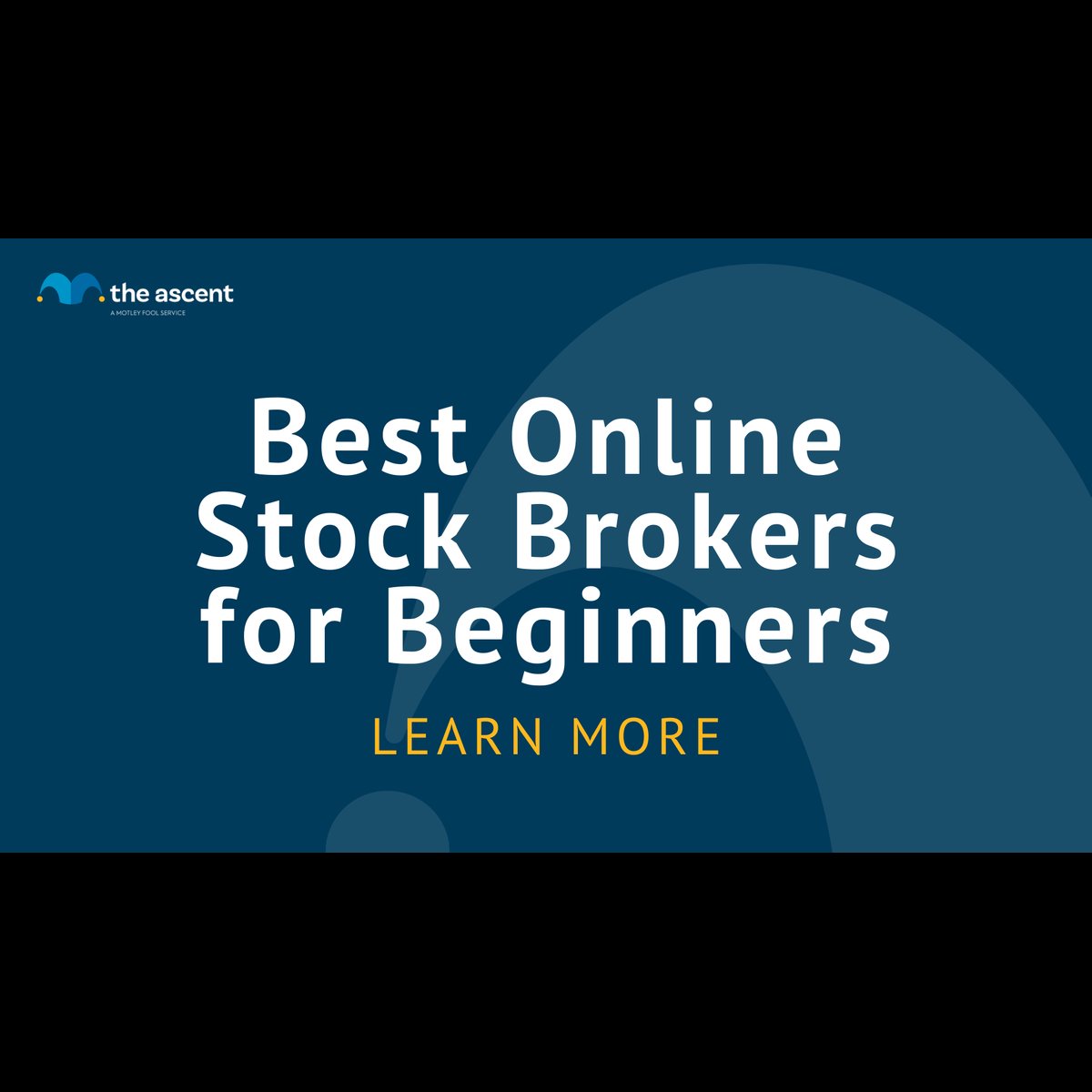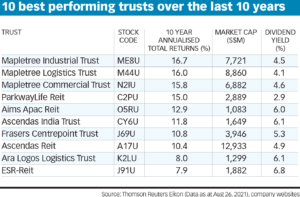
Different types of traders are welcome to trade on the financial marketplaces. You can choose a style depending on your experience and goals. There are a few things that set apart different trading styles. The right strategy will improve your chances at making steady profits.
A day trader is a person who works during the day, usually executing a few trades. Day traders can focus on quick, low-risk trading decisions. They may also close positions by the time the day ends. This style suits people who want information about the market as well as long-term trends, but don’t have enough time or knowledge.
If you don't have the time or patience to follow a longer-term strategy, you can still earn money in the markets. Arbitrage trading is used by many traders to maximize profits. This involves buying and selling the same security on multiple markets. Arbitrage brokers have a lot of knowledge in one particular market, and they can make money off price errors and imbalances.

Scalping is another trading style that's popular among day traders. Scalping involves buying and selling stocks in a short time frame, sometimes within seconds or minutes. This aggressive style requires trader discipline and focus. Scalper should be willing to trade at higher leverage and in shorter time frames to achieve success.
Desk traders tend to be less aggressive than scalp or day traders and are more focused on taking timely decisions based upon financial data and stock price fluctuations. They might be experts in foreign exchange, options, and bonds. It is important to think about the strategies of desk traders before you invest in any market.
Although similar to desk trading, swing traders focus more on long-term trends or inflection points. This type of trading is suitable for investors who are active and don't have a lot of free time to devote to trading. Swing traders tend to have smaller positions, use less leverage and are more focused.
Fundamental traders care more about the value of a company. Fundamental analysis can yield a higher profit per trade but it also exposes the trader to loss if the company's stock price drops. Fundamental traders need to be more thorough and can buy and/or sell at a slower rate that day traders.

Trades are often broken down into three categories. These are the swing traders and day traders. Consider your risk tolerance and goals before choosing a trading plan. Each trading style will require a different level or financial knowledge.
The most common types of traders are day traders, fundamental traders, and scalpers. In general, the more aggressive a trader will be, the more trades that he or she will perform.
FAQ
What is a mutual-fund?
Mutual funds are pools or money that is invested in securities. They offer diversification by allowing all types and investments to be included in the pool. This helps reduce risk.
Professional managers are responsible for managing mutual funds. They also make sure that the fund's investments are made correctly. Some funds also allow investors to manage their own portfolios.
Mutual funds are often preferred over individual stocks as they are easier to comprehend and less risky.
What are some of the benefits of investing with a mutual-fund?
-
Low cost – buying shares directly from companies is costly. A mutual fund can be cheaper than buying shares directly.
-
Diversification - most mutual funds contain a variety of different securities. If one type of security drops in value, others will rise.
-
Professional management - professional mangers ensure that the fund only holds securities that are compatible with its objectives.
-
Liquidity- Mutual funds give you instant access to cash. You can withdraw money whenever you like.
-
Tax efficiency: Mutual funds are tax-efficient. So, your capital gains and losses are not a concern until you sell the shares.
-
There are no transaction fees - there are no commissions for selling or buying shares.
-
Mutual funds are easy to use. You will need a bank accounts and some cash.
-
Flexibility – You can make changes to your holdings whenever you like without paying any additional fees.
-
Access to information- You can find out all about the fund and what it is doing.
-
You can ask questions of the fund manager and receive investment advice.
-
Security - you know exactly what kind of security you are holding.
-
Control - You can have full control over the investment decisions made by the fund.
-
Portfolio tracking: You can track your portfolio's performance over time.
-
Ease of withdrawal - you can easily take money out of the fund.
What are the disadvantages of investing with mutual funds?
-
Limited investment options - Not all possible investment opportunities are available in a mutual fund.
-
High expense ratio – Brokerage fees, administrative charges and operating costs are just a few of the expenses you will pay for owning a portion of a mutual trust fund. These expenses can reduce your return.
-
Insufficient liquidity - Many mutual funds don't accept deposits. They must be purchased with cash. This restricts the amount you can invest.
-
Poor customer support - customers cannot complain to a single person about issues with mutual funds. Instead, contact the broker, administrator, or salesperson of the mutual fund.
-
It is risky: If the fund goes under, you could lose all of your investments.
Is stock marketable security?
Stock is an investment vehicle where you can buy shares of companies to make money. This can be done through a brokerage firm that helps you buy stocks and bonds.
You can also invest in mutual funds or individual stocks. There are more than 50 000 mutual fund options.
The key difference between these methods is how you make money. Direct investments are income earned from dividends paid to the company. Stock trading involves actually trading stocks and bonds in order for profits.
Both of these cases are a purchase of ownership in a business. However, if you own a percentage of a company you are a shareholder. The company's earnings determine how much you get dividends.
With stock trading, you can either short-sell (borrow) a share of stock and hope its price drops below your cost, or you can go long-term and hold onto the shares hoping the value increases.
There are three types to stock trades: calls, puts, and exchange traded funds. Call and put options let you buy or sell any stock at a predetermined price and within a prescribed time. ETFs can be compared to mutual funds in that they do not own individual securities but instead track a set number of stocks.
Stock trading is very popular since it allows investors participate in the growth and management of companies without having to manage their day-today operations.
Stock trading is a complex business that requires planning and a lot of research. However, the rewards can be great if you do it right. To pursue this career, you will need to be familiar with the basics in finance, accounting, economics, and other financial concepts.
Statistics
- Individuals with very limited financial experience are either terrified by horror stories of average investors losing 50% of their portfolio value or are beguiled by "hot tips" that bear the promise of huge rewards but seldom pay off. (investopedia.com)
- The S&P 500 has grown about 10.5% per year since its establishment in the 1920s. (investopedia.com)
- US resident who opens a new IBKR Pro individual or joint account receives a 0.25% rate reduction on margin loans. (nerdwallet.com)
- Even if you find talent for trading stocks, allocating more than 10% of your portfolio to an individual stock can expose your savings to too much volatility. (nerdwallet.com)
External Links
How To
How to open and manage a trading account
First, open a brokerage account. There are many brokers on the market, all offering different services. Some charge fees while others do not. Etrade, TD Ameritrade and Schwab are the most popular brokerages. Scottrade, Interactive Brokers, and Fidelity are also very popular.
After opening your account, decide the type you want. You can choose from these options:
-
Individual Retirement accounts (IRAs)
-
Roth Individual Retirement Accounts
-
401(k)s
-
403(b)s
-
SIMPLE IRAs
-
SEP IRAs
-
SIMPLE 401K
Each option has its own benefits. IRA accounts have tax benefits but require more paperwork. Roth IRAs are a way for investors to deduct their contributions from their taxable income. However they cannot be used as a source or funds for withdrawals. SIMPLE IRAs are similar to SEP IRAs except that they can be funded with matching funds from employers. SIMPLE IRAs can be set up in minutes. They allow employees and employers to contribute pretax dollars, as well as receive matching contributions.
Finally, you need to determine how much money you want to invest. This is your initial deposit. A majority of brokers will offer you a range depending on the return you desire. You might receive $5,000-$10,000 depending upon your return rate. This range includes a conservative approach and a risky one.
After you've decided which type of account you want you will need to choose how much money to invest. Each broker will require you to invest minimum amounts. These minimums can differ between brokers so it is important to confirm with each one.
After deciding the type of account and the amount of money you want to invest, you must select a broker. You should look at the following factors before selecting a broker:
-
Fees: Make sure your fees are clear and fair. Many brokers will offer rebates or free trades as a way to hide their fees. However, some brokers raise their fees after you place your first order. Be cautious of brokers who try to scam you into paying additional fees.
-
Customer service – You want customer service representatives who know their products well and can quickly answer your questions.
-
Security – Choose a broker offering security features like multisignature technology and 2-factor authentication.
-
Mobile apps: Check to see whether the broker offers mobile applications that allow you access your portfolio via your smartphone.
-
Social media presence – Find out if your broker is active on social media. It may be time to move on if they don’t.
-
Technology - Does the broker utilize cutting-edge technology Is the trading platform simple to use? Are there any problems with the trading platform?
Once you have decided on a broker, it is time to open an account. Some brokers offer free trials. Other brokers charge a small fee for you to get started. You will need to confirm your phone number, email address and password after signing up. You will then be asked to enter personal information, such as your name and date of birth. Finally, you'll have to verify your identity by providing proof of identification.
Once you're verified, you'll begin receiving emails from your new brokerage firm. These emails contain important information about you account and it is important that you carefully read them. The emails will tell you which assets you are allowed to buy or sell, the types and associated fees. You should also keep track of any special promotions sent out by your broker. These promotions could include contests, free trades, and referral bonuses.
Next is opening an online account. An online account is typically opened via a third-party site like TradeStation and Interactive Brokers. Both websites are great resources for beginners. You'll need to fill out your name, address, phone number and email address when opening an account. Once this information is submitted, you'll receive an activation code. This code is used to log into your account and complete this process.
Now that you have an account, you can begin investing.